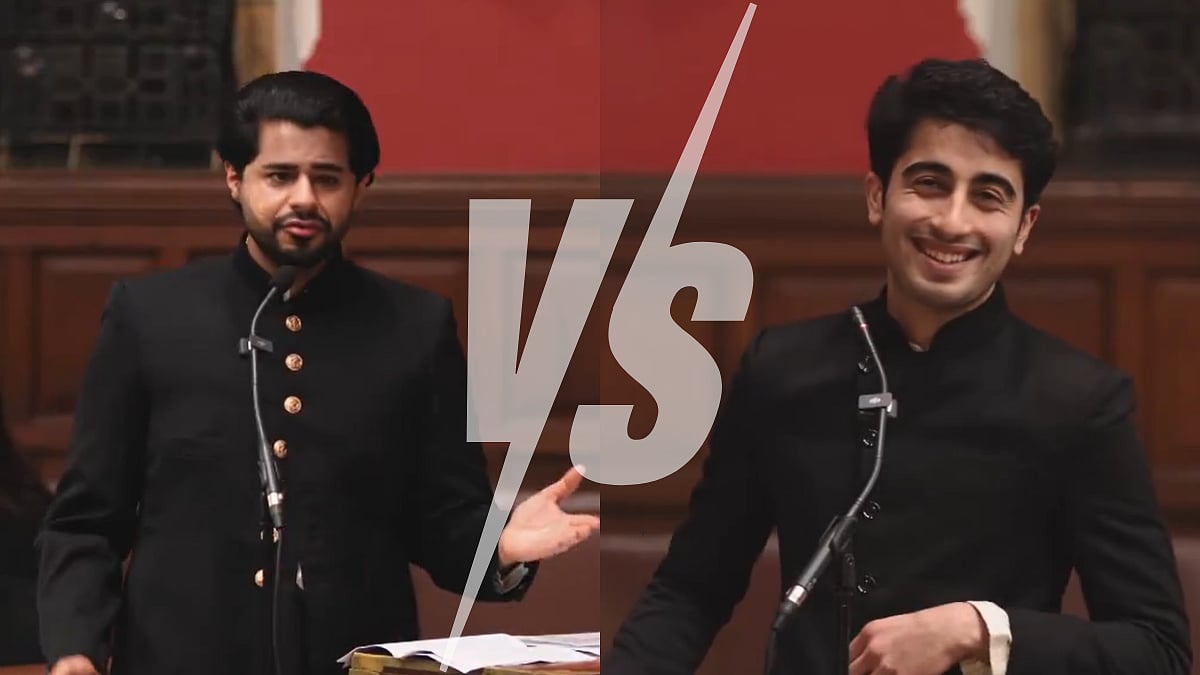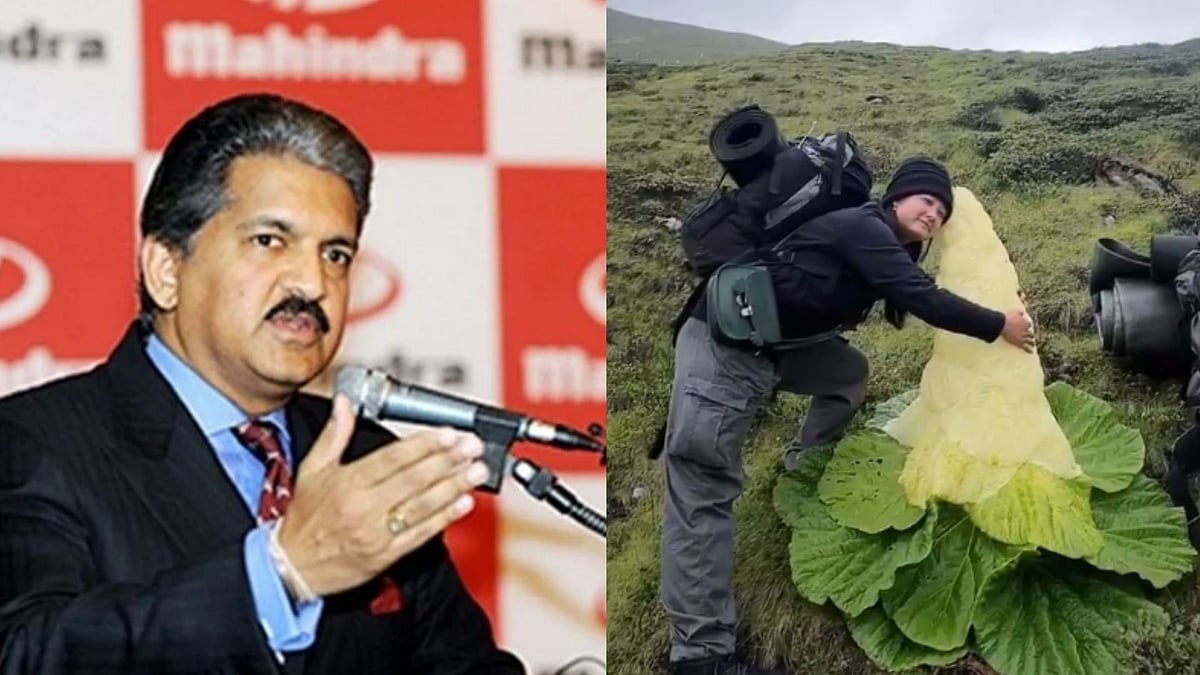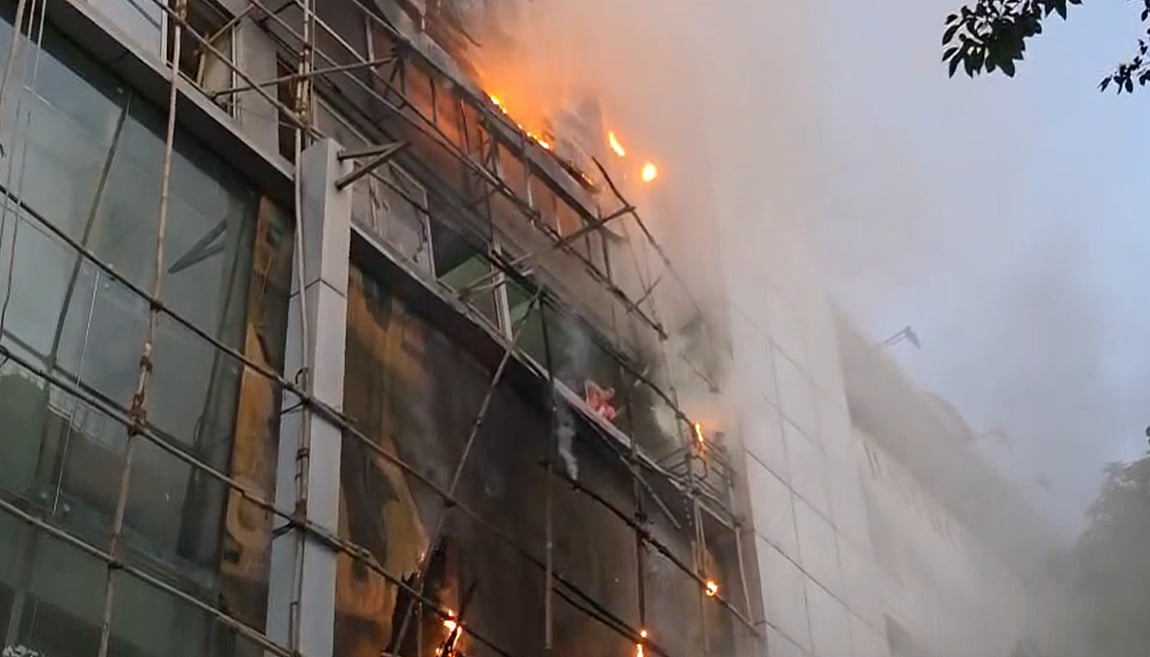Bringing the magic of Vincent Van Gogh's masterpieces to life, the acclaimed immersive art exhibit, Van Gogh 360°, is set to captivate art enthusiasts in Pune from February 28 to March 31. Following successful stops in Mumbai, Delhi, and Bengaluru, the exhibition promises a unique and enchanting experience for visitors.
Van Gogh 360° allows art lovers to immerse themselves in the world of Van Gogh's art through large projections that highlight intricate brushstrokes, details, and vibrant colours from some of the artist's most renowned paintings. The immersive experience creates a three-dimensional journey, offering a sensory delight for attendees.
Roma Makkad, spokesperson for Van Gogh 360°, expressed excitement about launching the exhibit in Pune, stating, "The vibrant cultural fabric of this city aligns seamlessly with the immersive and awe-inspiring experience that this exhibit offers. Pune, get ready to be captivated by the magic of Van Gogh like never before. It’s not just an art show; it’s a celebration of creativity and a journey into the brilliance of one of the greatest artists in history."
The exhibition is designed to take approximately 45 minutes to 1 hour for the full experience, allowing visitors to explore the brilliance of Van Gogh's artistic vision. The immersive projections showcase iconic paintings, providing a deeper understanding of the artist's techniques and creativity.
Details of the Van Gogh 360° exhibit in Pune:
Date: February 28, 2024 – March 31, 2024
Address: Nursery Ground, Adjacent to the Regional Passport office, Ghorpadi Mundhwa Road, Nursery Ground, Koregaon Park Annexe
Timings: 9:00am – 9:30pm
Ticket Price: INR 999 (Weekdays) / INR 1399 (Weekends)
Closed on Mondays
Know more about Van Gogh
Vincent Van Gogh, a Dutch artist, remains one of the most influential figures in the history of western art. Despite a tragic life, his work gained posthumous fame, and the exhibit not only showcases his iconic paintings but also delves into his life. Attendees will have the opportunity to appreciate some of his masterpieces, such as 'The Starry Night' (1889), while gaining insights into his artistic interpretation, use of colour symbolism, and expressive brushstrokes.











